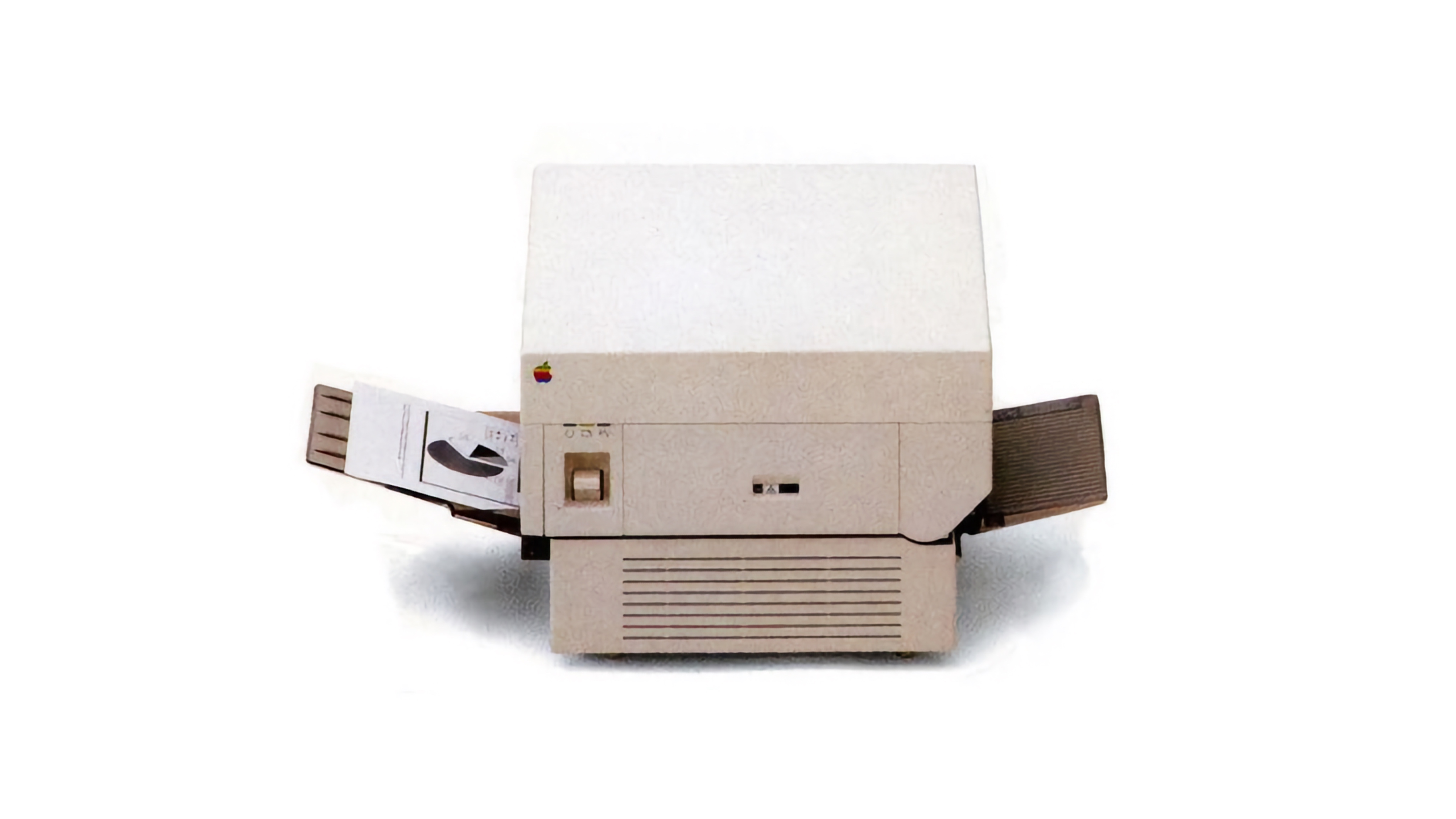![]()
Apple introduced the LaserWriter 40 years ago today, forming a cornerstone of what became known as the desktop publishing revolution.
The LaserWriter was Apple's first laser printer and among the first on the market to incorporate Adobe's PostScript technology, a page description language that allowed for precise and scalable rendering of text, layouts, and graphics. It was a significant departure from the dot-matrix printers of the time.
The LaserWriter was powered by a Motorola 68000 microprocessor—the same processor used in the Macintosh. With a built-in programming language, its own RAM, and a CPU that ran at a higher speed than the Macintosh, the LaserWriter printer had the most processing power of any Apple product of the time.
With a resolution of 300 dots per inch (dpi), the LaserWriter delivered print quality previously achievable only with expensive professional typesetting equipment. The printer was priced at $6,995 upon its release (almost $24,000 today).
Apple's introduction of the LaserWriter coincided with the launch of the AppleTalk networking protocol, which allowed multiple Macintosh computers to share a single printer, which was unprecedented at the time and revolutionized printing in offices.
Paired with the Macintosh and software such as Aldus PageMaker, the printer enabled users to design and print professional-quality materials, such as brochures, newsletters, and advertisements, directly from their desktops. This effectively democratized publishing by making tools that were once exclusive to large printing firms accessible to small businesses, educators, and independent creators.
Apple evolved the LaserWriter product line into a range of models, including the high-performance LaserWriter Pro series and the more affordable Personal LaserWriter. As competitors like HP and Canon introduced more cost-effective laser printers with comparable features, and third-party printers became increasingly compatible with Apple systems, the LaserWriter lost its competitive edge. When Steve Jobs returned to Apple in 1997, peripheral products like printers were deemed non-essential and the LaserWriter was discontinued.
Article Link:
Apple Introduced the LaserWriter 40 Years Ago Today



